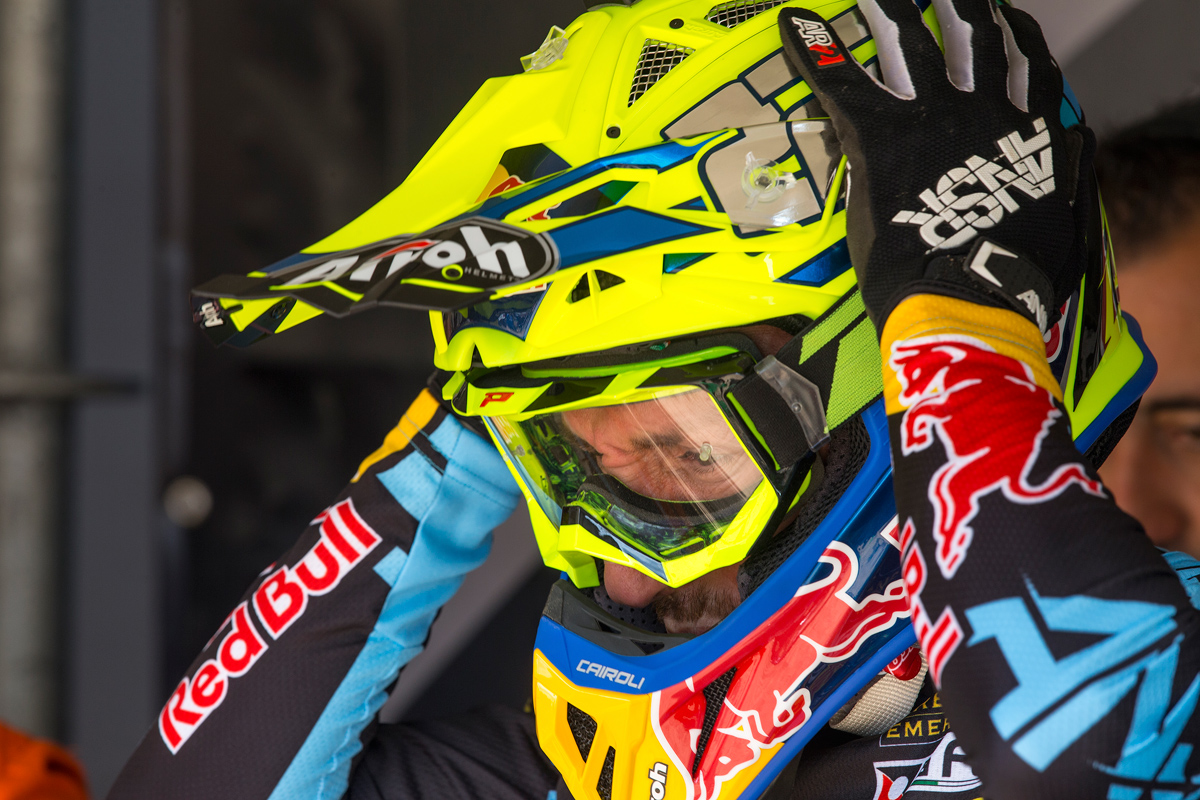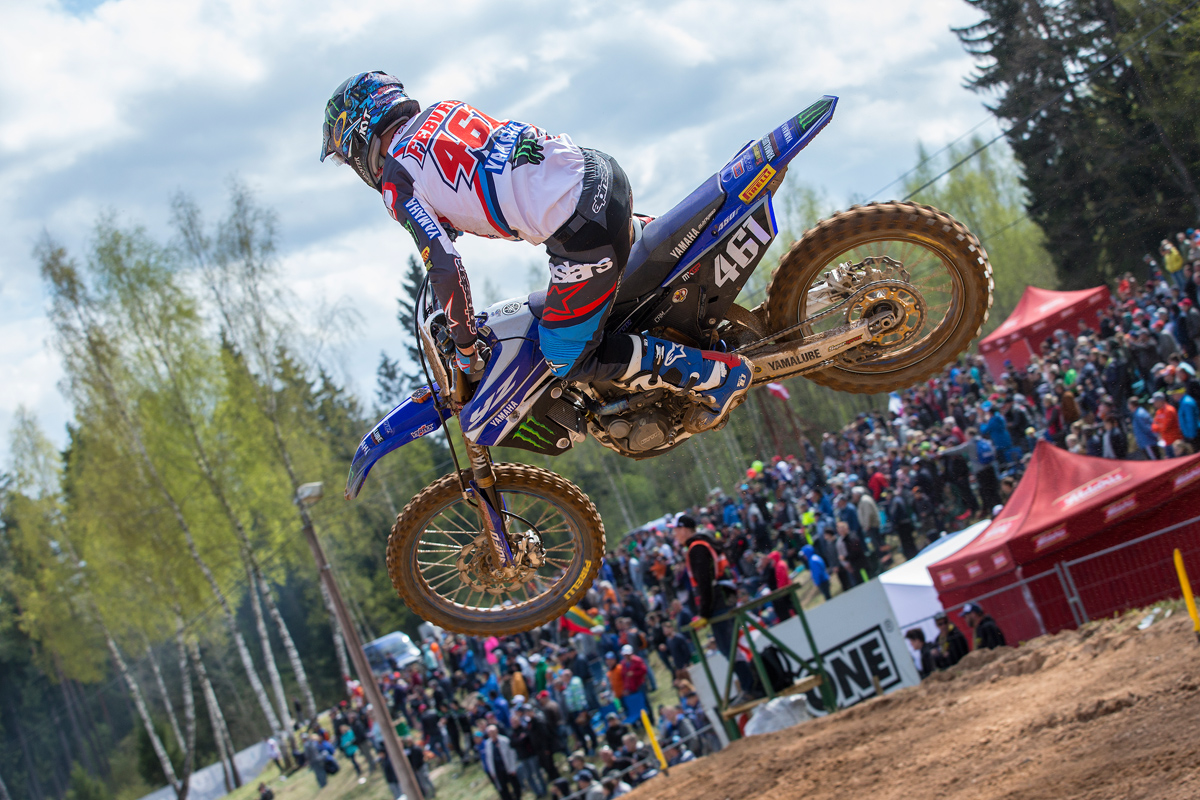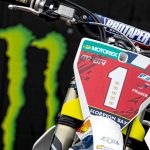Flicking through the latest official MXGP magazine you can understand or relate to Youthstream President Giuseppe Luongo’s enthusiasm and excitement for the current state of the series. I always check out at the Italian’s monthly foreword; occasionally he’ll use the column to drop some interesting nuggets of news on the development or future direction of the championship.
More often than not the pages contain (again comprehendingly from a promotional perspective) hyperbole on MXGP and the tone of the latest outlay is in keeping with the mood around the premier class at the moment: five different winners with four different brands in the first seven rounds is statistical weight to both the openness and the tight level of competition in MXGP, that perhaps has the deepest pool of pedigree and proven talent in the modern era of Grand Prix.
A third of the way through the calendar and we are already nearing the total of seven victors from 2016 and 2015 and level with the five from 2014. The sad fact is that attrition is bound to start appearing at some point. Seven events are in the books but there are still twelve fixtures and twenty-four motos to run. Athletes like Kevin Strijbos, Max Anstie and Jordi Tixier (and now Shaun Simpson) have already graced the doctor’s scalpel and the odds decree that they won’t be the last. As Red Bull KTM’s Jeffrey Herlings commented after the races at Valkenswaard in Holland recently he was ‘surprised’ at just how much everyone is ‘on the limit’ in MXGP.
There is a need for this urgency. The metal grid system for the race starts has been an authentic field leveller (literally and figuratively) and those that have not quite deduced their optimum set-up are staring into the distance at podium contention. Close lap-times are cementing the opening circulation of each moto as the most critical moments of the Grand Prix, and even the more technical of surfaces are permitting only incremental differences to the running orders that are compact and relentless.
It is testament to the riders’ concentration, skill and focus at this level that mistakes are largely at a minimum. Athletes like Rockstar Energy IceOne Husqvarna’s Max Nagl are struggling to enter the top seven (the German was leading the standings only two seasons ago with five podiums and three wins from the first six rounds) and Wilvo Yamaha’s Simpson can triumph in one muddy moto and Grand Prix but then strive for top ten recognition in the rest of the sprints.

Cairoli’s charge at Trentino was an exception so far in 2017 and has much to do with the drive of a home Grand Prix and some fairly risky overtaking moves in one of the few valid places on the Pietramurata layout. With good cause the ride was lauded, and it is hard to imagine some kind of repeat this season until the schedule finds some deep sand.
The best thing about 2017 so far is the narratives that have appeared and the prospect of those still to come. For instance Cairoli’s resurrection to master of the realm was something that remained in doubt for some after a powerless 2016 but #222 has already made his mark on the championship story. Gajser’s maturation with the new Honda, Simpson’s skill in the Indonesian mud, Paulin’s comeback to taste champagne with four brands in MXGP and Herlings’ ‘return’ in Latvia have ensured fresh interest and content around Grand Prix. As much as it is admirable to see a rider in full flight and dominating terrain as well as rivals there is nothing better – from a selfish and vocational point of view – than someone else doing something different.

The stories yet to materialise concern the likes of Romain Febvre and Clement Desalle finding or rediscovering new peaks and whether names like Nagl, Van Horebeek and Bobryshev can finally pull themselves up to that higher level of performance and results.
Like the experience of watching Cairoli at Arco di Trento you can only hope that the vein of unpredictability around MXGP can last. It seemed that Gajser was on the verge of a dominant run after Argentina and Mexico but then hit a few snags on the Italian hard-pack and Dutch sand; it almost gave some impetus to the rest of the pack. Confidence and momentum must be some of the most valuable hidden currency in the paddock and it is the fans – from presidents to avid social media followers in the depths of Asia or South America – that benefit when a greater number of riders have that swagger.
Photos by Ray Archer








